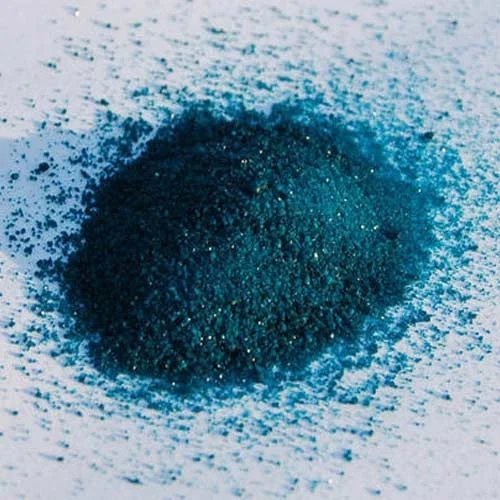Copper Acetate
Copper Acetate
Copper Acetate, also known as cupric acetate, is a blue-green crystalline compound with the chemical formula Cu(CH₃COO)₂. It is known for its solubility in water and acetic acid and is widely used across various chemical and industrial processes.
In laboratories, Copper Acetate serves as a reagent and catalyst in organic synthesis and redox reactions. It’s particularly useful in reactions involving oxidation and is often employed in academic and research environments for its predictable behavior and stability.
Industrially, Copper Acetate is used to produce pigments for ceramics, textiles, and paints. Its distinct blue-green color makes it a valuable ingredient in coloration processes. It also plays a role in wood preservation and fungicidal treatments due to its antimicrobial properties.
Additionally, it is sometimes used in battery chemistry, electroplating, and dye manufacturing, demonstrating its versatility across sectors.
While highly useful, Copper Acetate should be handled with care, as it can be toxic in large doses. Proper personal protective equipment and storage are essential when working with this compound.
With a broad range of applications and reliable chemical properties, Copper Acetate continues to be a trusted material in both scientific and industrial settings.

